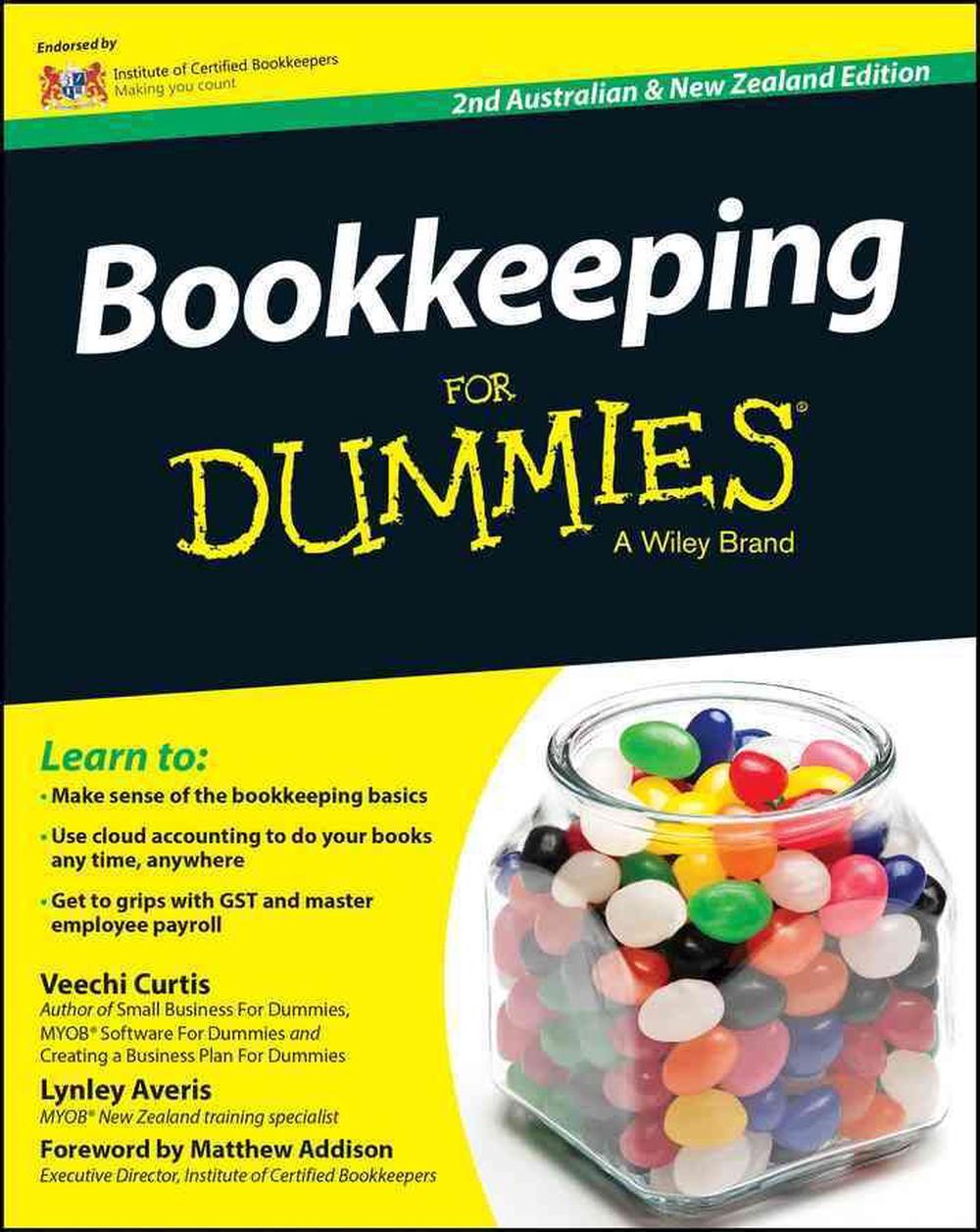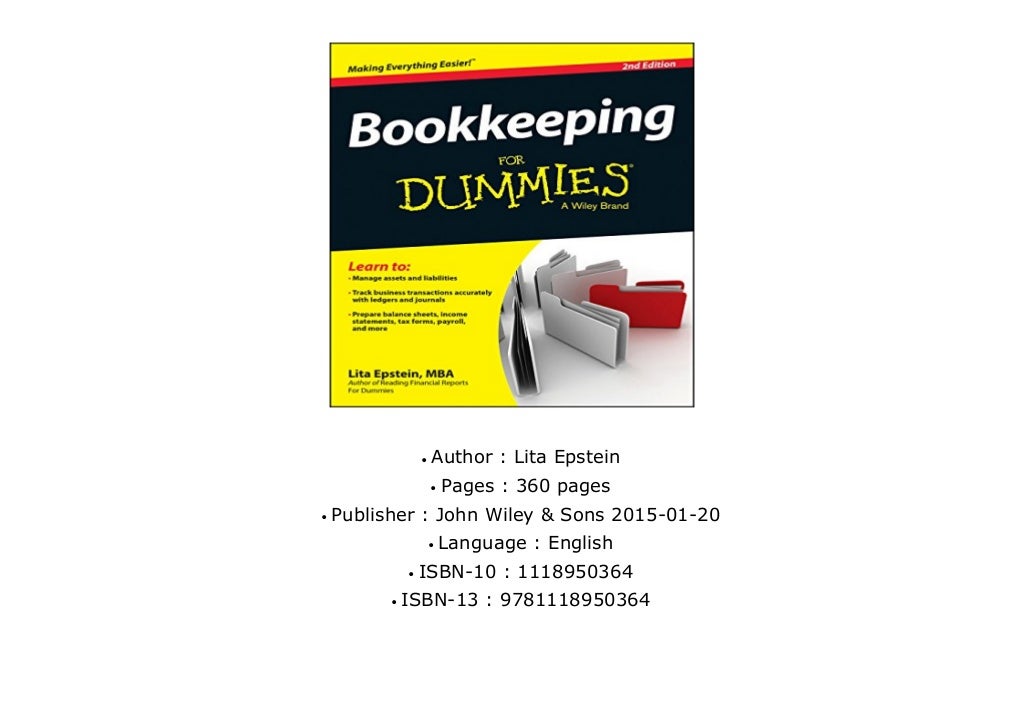
What’s included: Rent, property taxes, utilities, and even property insurance. Occupancy expenses are all of the costs related to… well, where you’re at.

This means your cooks, busboys, servers, hosts, and anyone who’s on your restaurant payroll – from front-of-house to back-of-house.Īnd payroll taxes and employee benefits are included in labor costs. It’s where you account for the labor it takes to run your restaurant (remember, not in Cost of Goods Sold). Restaurant labor cost is pretty straightforward. Restaurant labor cost, occupancy expenses, and operating expenses are all different categories of restaurant expenses and they’re slightly different from those of other kinds of small businesses. #3 Restaurant Labor Cost, Occupancy Expenses and Operating Expenses Keeping tabs on this number will help you keep pricing where it needs to be.Īnd that will let you make a healthy profit on each plate of food sold at your restaurant. Your COGS is the cost of your food and beverage inventory, which directly ties to the profit you make per plate sold. It only includes the cost of the actual ingredients that make up the dishes on your menu. Note, your COGS should not include labor costs or utilities… OR you can calculate your COGS when you take your weekly restaurant inventory… Beginning Inventory – Ending Inventory = COGS. You can calculate COGS the hard way… how many you sold of a menu item X how much it cost to make it. It basically means the cost of all of the ingredients & items on your menu. #2 Cost of Goods SoldĬost of Goods Sold (COGS) refers to the total cost that goes into making the product someone is selling. Without it, getting insights into anything related to your restaurant’s moneymaking & spending will be a headache… and getting your taxes done will be especially difficult. The Chart of Accounts is the source of a business’s financial statements. Then all of these are broken down into subcategories… things like marketing, restaurant supplies, and sales are all items you would typically find in a restaurant Chart of Accounts.

The Chart of Accounts includes assets, liabilities, revenue, expenses, and equity. Whether you hire outside help for your bookkeeping or do it all yourself, these 5 restaurant accounting concepts break down the basics… in plain English.Ĭhart of Accounts is the term your accountant uses to describe the buckets used to categorize the money that flows in and out of your business.

Not everyone speaks fluent accounting… especially not busy restaurant managers.īut knowing the basics of restaurant accounting can pay dividends in helping you understand your accountant better and manage your money.īecause it’s so important, we put together this downloadable cheat sheet to master restaurant accounting principles. Apskaita.Īs hard as these words are to understand, the concept they all translate to can be even harder to grasp… The 5 Basic Restaurant Accounting Concepts That Will Help You Run a More Profitable Business


 0 kommentar(er)
0 kommentar(er)
